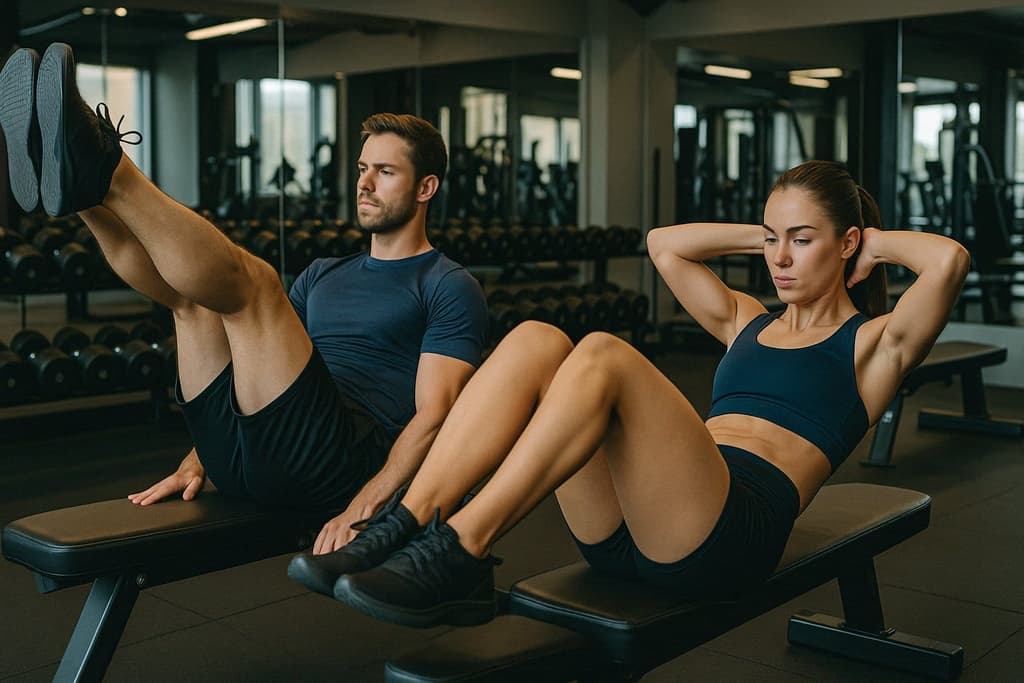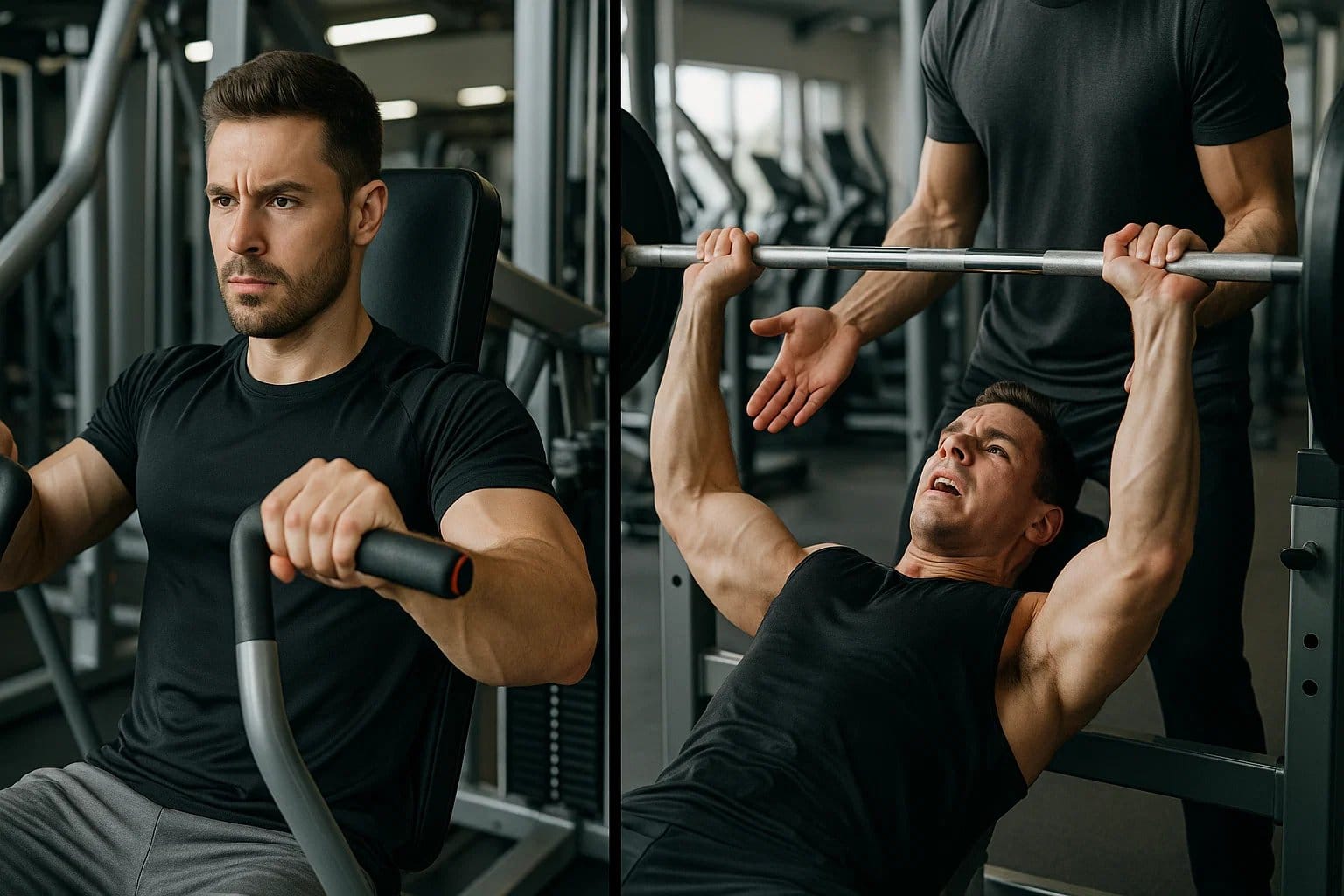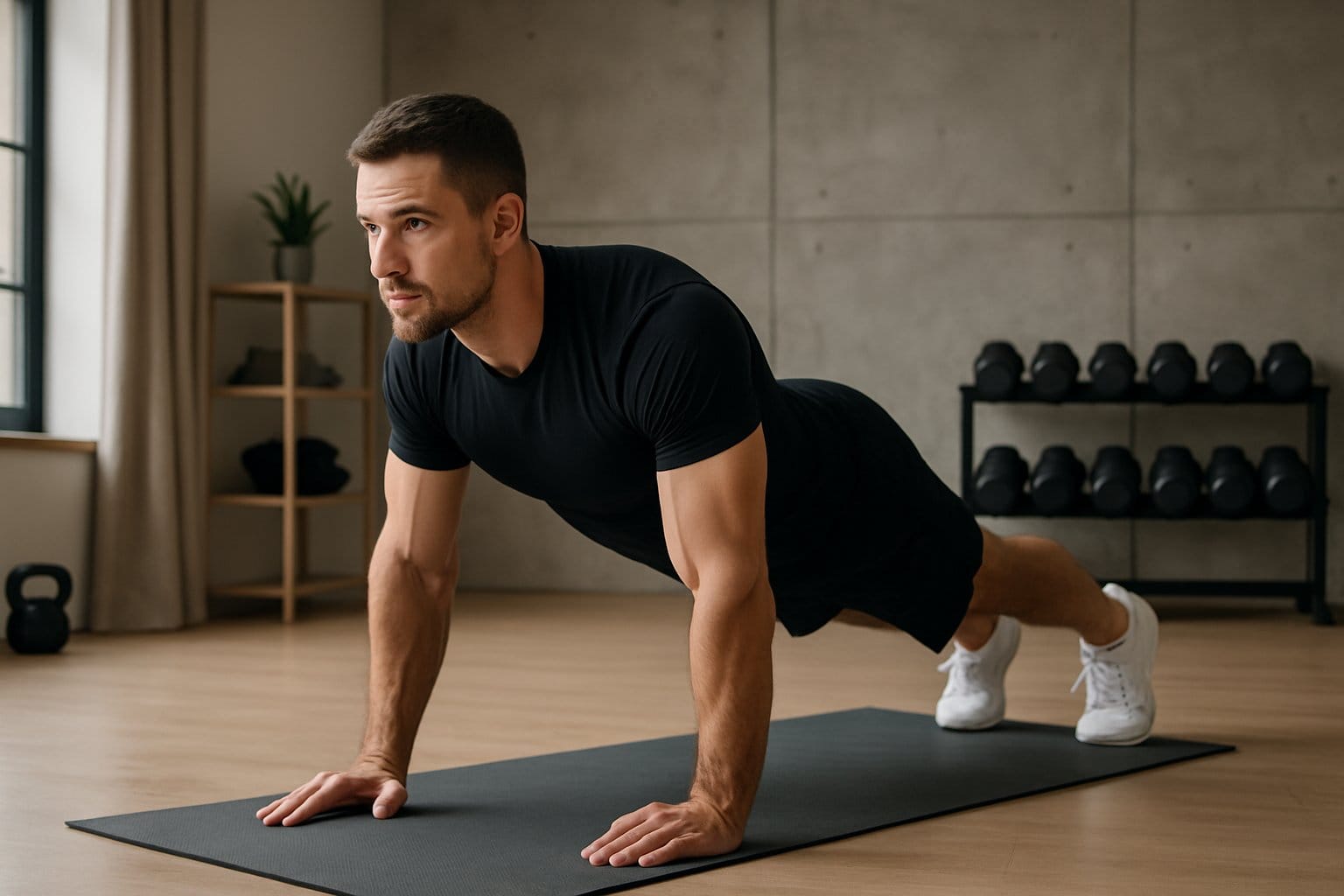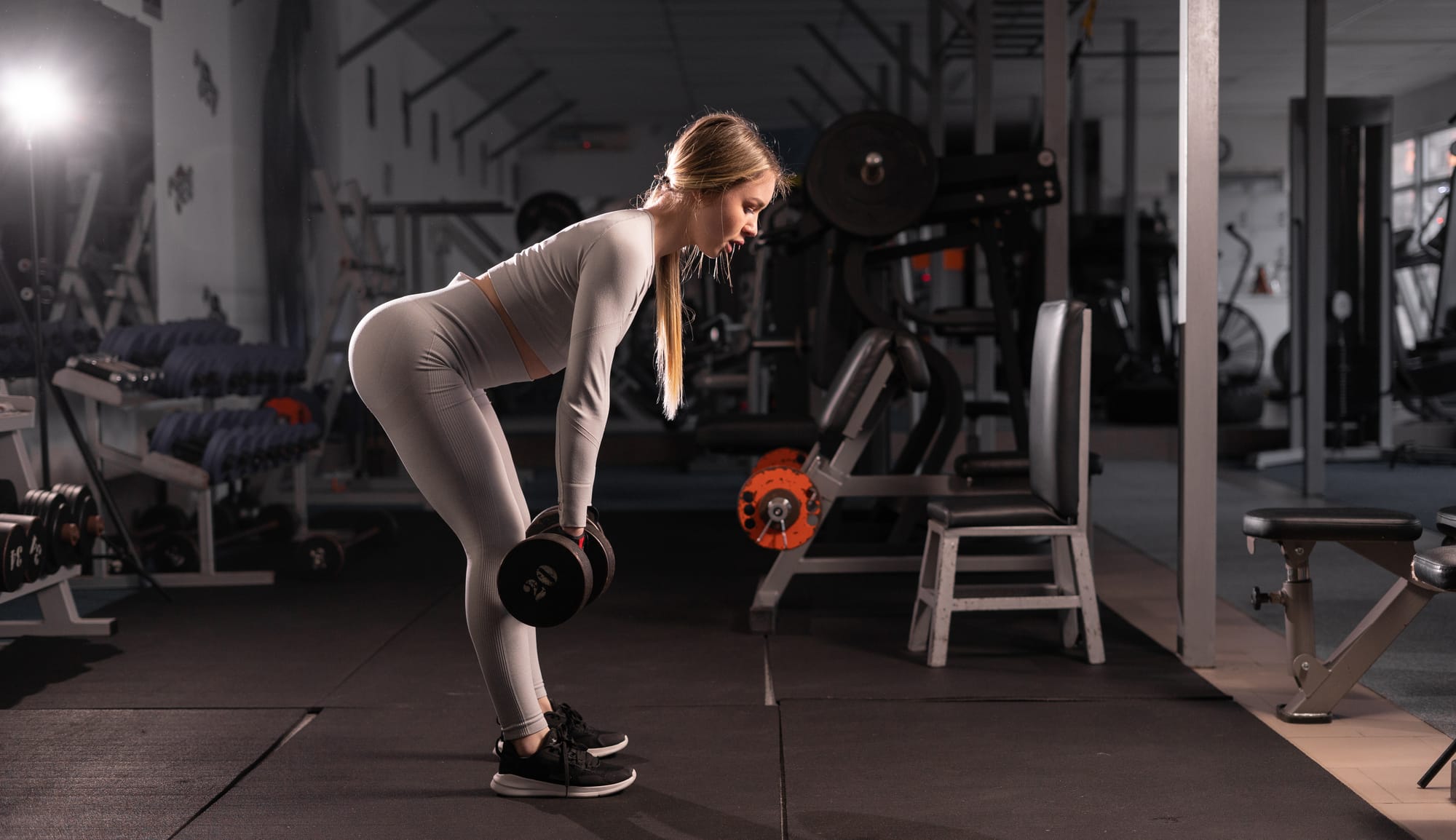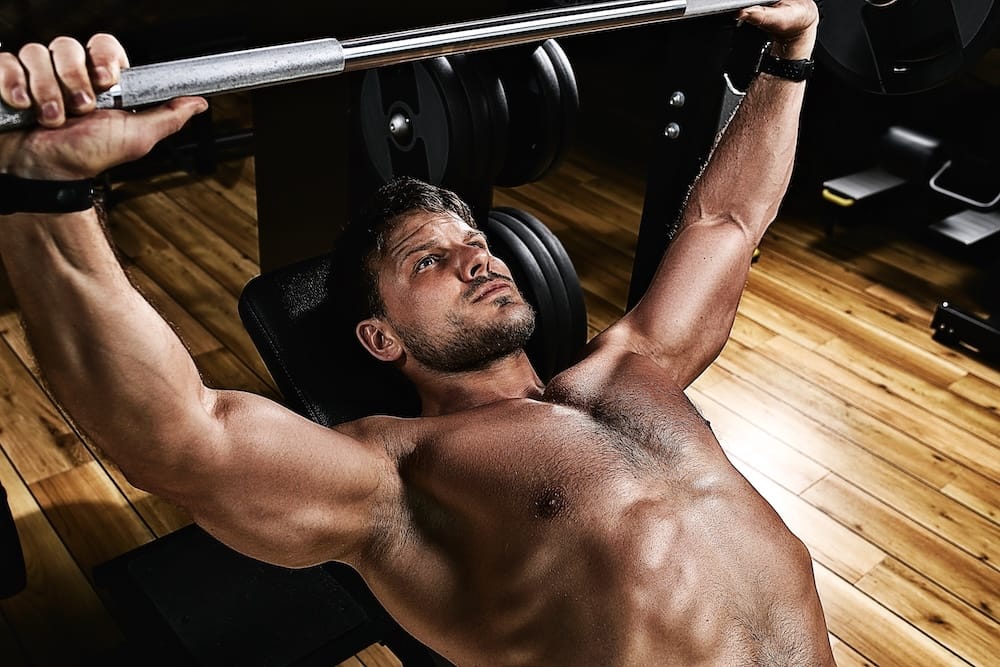Weight Bench Ab Workouts: The 10 Best Exercises
Discover how to transform your ab workouts using a weight bench with these 10 effective exercises. Master proper technique and build real core strength beyond basic crunches.
Personal trainers all over the world might agree to this. Many people overlook the weight bench workouts for abs. Everyone gravitates toward floor exercises, but honestly, a weight bench can completely transform your core workout.
If you’re thinking about getting rid of that belly fat by working out your abs, we’ve put together some of the most effective weight bench exercises for building core strength.
Why Choose a Weight Bench for Ab Training?
It’s known that abdominal workouts have an effect on losing fat in that area. But here's something that could take you years to figure out: when it comes to sculpting your abs, the weight bench is your best ally.
When you're doing ab exercises on the floor, you're somewhat limited in your range of motion. The bench changes that completely.
You can hang off it, use it for support, and create angles that just aren't possible on the floor. Plus, it's easier on your lower back, which is something that you can always appreciate.
It’s common for some people not to do traditional floor crunches because of neck pain. However, if they move to the bench, everything can change, and men and women can be on their way to having slim thick hourglass figures or even a perfect V-line.
Anyway, the support makes all the difference, and you can finally focus on working your abs instead of worrying about discomfort.
Weight Bench Workouts for Abs: The Top 10 Exercises
Let's just start the journey and learn some great ab exercises using weight bench:
1. Bench Leg Raise
This one's a game-changer for lower abs, but there's a trick to it that most people miss. When you start doing this exercise, pay attention not to rush through the movement. Here's how to do it properly:
Start by sitting on the edge of the bench, hands gripping the sides. Your grip matters here - you want it firm. Lean back until your upper body is supported by the bench, keeping your core engaged. Now comes the important part: as you lift your legs, think about pushing your lower back into the bench. This prevents that arch that can make the exercise less effective.
onto
The real work happens during the lowering phase. Take at least three seconds to lower your legs, and stop just before they touch the ground. You can count it out loud, it helps maintain that slow, controlled pace that makes this exercise so effective.
2. Bench Crunches
Now, you might be thinking, "Really? Regular crunches?" But have faith, the bench version is different. The elevated position changes everything about how your abs work during this movement.
Position yourself on the bench with your feet flat on the floor. This is where most people go wrong - they let their feet float up, which turns this into a hip flexor exercise instead of an ab workout. Keep your lower back pressed against the bench throughout the movement. When you lift your upper body, think about bringing your rib cage to your pelvis rather than just lifting your head and shoulders.
The proper form in this one it’s extremely important, since it can prevent neck strain while you focus on this rib cage-to-pelvis movement.
3. Incline Bench Leg Raise
The incline bench leg raise looks simple, but it's probably one of the most misunderstood ab workouts on bench. The angle of the bench completely changes the game here. People typically start at a 30-degree angle and gradually work up to 45 degrees as they get stronger.
Here's what most people get wrong: they rush to get their legs up and let momentum do the work. Instead, think about peeling your legs off the bench one vertebra at a time. It's slower, yes, but that's exactly what makes it effective. Your abs have to work continuously to control the movement.
The position of your arms matters too. While you can place them alongside your body, you can prefer to keep your arms crossed over your chest. This prevents you from pushing into the bench for momentum and ensures the abs do all the work.
4. Russian Twists on Bench
Russian twists are already challenging, but doing them on a bench adds a whole new dimension. This variation is perfect for athletes who need more core rotation strength for their sports.
The key difference from floor Russian twists is the unstable base the bench provides. You'll need to engage your core just to maintain balance, even before you start the twisting motion. Start without any weight until you master the form - we can't stress this enough. If you try to go heavy too soon you can end up compensating with your lower back.
To perform this correctly, sit toward the middle of the bench, not the edge. This gives you room to rotate fully without feeling like you might fall off. Keep your feet either hovering slightly above the ground or, for more stability, lightly touching the floor. The real magic happens when you focus on rotating from your rib cage rather than just moving your arms side to side.
And yes, you can try it with a dumbbell.
5. Bench V-Sit Crunch
It’s perfectly normal to have a love-hate relationship with this exercise. It's one of the most challenging weight bench workouts for abs, but it's also one of the most rewarding.
The key is to start with a modified version. Instead of trying to keep your legs straight right away, begin with bent knees. Too many people might compromise their form by trying to do too much too soon.
When you're ready for the full version, here's what to focus on: your back should be at about a 45-degree angle to the bench, and your legs should be raised to create a "V" shape.
The hardest part? Maintaining this position while doing the crunch movement. Keep your core engaged throughout - if you feel your lower back taking over, return to the bent-knee version.
6. Weighted Sit-Ups on the Bench
Let us clear up a common misconception about weighted sit-ups. Adding weight doesn't automatically make the exercise better, it's all about how you use it. We've seen plenty of people grab the heaviest weight they can find, only to end up doing what we call the "momentum throw."
Start with a light weight plate (5-10 pounds for most people). Hold it close to your chest, not at arm's length. The weight should feel like it's part of your upper body, not something you're trying to keep away from you.
Here's a pro tip: think about "rolling" up rather than "sitting" up. Start the movement by tucking your chin slightly, then imagine peeling your spine off the bench one vertebra at a time. The weight should stay in constant contact with your chest. If you find yourself throwing the weight forward to help you up, it's too heavy.
7. Alternated Bench Toe Touches
This exercise might remind you of something you did in gym class, but, when done correctly, it's far more effective than those old-school toe touches. This ab workout on bench could easily be done by a gymnastics team.
The setup is crucial here. Most people think it's all about flexibility (can you reach your toes?), but it's really about controlling the movement with your abs. Start by lying back with your legs pointed straight up toward the ceiling. Your lower back should be pressed firmly into the bench.
The real work happens when you're reaching up. Don't just flail your arms toward your feet. Instead, think about shortening the distance between your rib cage and pelvis. Your hands reaching your toes is almost secondary to this spinal flexion. And here's a detail that makes a huge difference: as you lower back down, try to maintain that core engagement.
8. Bench Oblique Crunch
The obliques are often the most neglected part of core training. Everyone wants those six-pack abs, but your obliques are crucial for both aesthetics and functional strength. The bench oblique crunch targets them perfectly.
Try not to turn it into a side plank crunch rather than a true oblique crunch. The movement should be rotational, not just lateral. When you're doing this exercise, imagine you're trying to bring your elbow to the opposite hip while lifting your shoulder blade off the bench.
Pause briefly at the top of each rep. This prevents rushing through the movement and really forces those obliques to work. Also, keep your feet flat on the floor.. If you feel it in your hip flexors, readjust your position on the bench.
9. Bench Bicycle Crunches
Bicycle crunches are already considered one of the best ab exercises out there, but doing them on a bench adds an extra challenge that I love. The elevated position forces you to maintain better form, because there's nowhere to hide.
Don’t rush through like you’re in a cycling race. Slow it down. Each rotation should take about 4 seconds total. When your elbow meets your opposite knee, hold that position for a moment. Feel the obliques engage, feel your core stabilizing your spine.
People tend to pull on their necks with their hands. Instead, keep your fingertips light against the back of your head, elbows wide. The movement should come from your core, not from pulling with your arms.
10. Decline Bench Sit-Ups
The decline position changes everything about the traditional sit-up, making it significantly more challenging. The angle of the decline matters more than most people think.
Start with a modest decline - maybe 15-20 degrees. Too many people crank the bench up to its maximum angle and then wonder why they can't maintain proper form. The steeper the angle, the more your hip flexors want to take over. You need to find that sweet spot where you feel it in your abs, not your hips.
One game-changing tip: don't hook your feet under the pads and pull with them. Instead, think about keeping your feet as relaxed as possible. This forces your abs to do the work rather than relying on momentum and hip flexor strength.
Building Your Workout
Now that we've covered all ten exercises, let's talk about how to put them together effectively. Afterall, you want to replace some pounds of fat with muscle. We recommend choosing 3-4 exercises per workout, rather than trying to do all ten at once. This allows you to focus on quality over quantity.
Here's a sample workout structure:
- Start with a comprehensive movement like decline sit-ups or bench leg raises.
- Move to a rotational exercise like Russian twists or bicycle crunches.
- Finish with something that really challenges your stability, like the V-sit crunch.
Remember to progress gradually. These exercises might look straightforward, but they're more challenging than they appear. Start with 2-3 sets of 8-12 repetitions for each exercise, focusing on perfect form rather than high numbers.
Final Thoughts
These weight bench workouts for abs offer something that traditional floor work just can't match. The elevated position, the variety of angles, and the stability challenges create a complete core workout that goes beyond just working the superficial six-pack muscles.
Don't be afraid to modify these exercises to match your current fitness level. Even the most advanced gym-goers started somewhere, and proper progression is key to building real, functional core strength. Keep your form strict, your movement controlled, and your focus on quality over quantity. Your abs will thank you for it.
Also, consistency is more important than intensity. We'd rather see you do these exercises with perfect form three times a week than rush through them with poor form every day. Take your time, master each movement, and the results will come.
Start incorporating these exercises into your routine, but listen to your body. If something doesn't feel right, scale back or modify the movement. And most importantly, be patient with your progress.
Real core strength isn't built overnight, but with these exercises in your arsenal, you're definitely on the right track.
You can always count on the Flex Fitness app for professional tips and content for you to master your workout routines!
Related articles
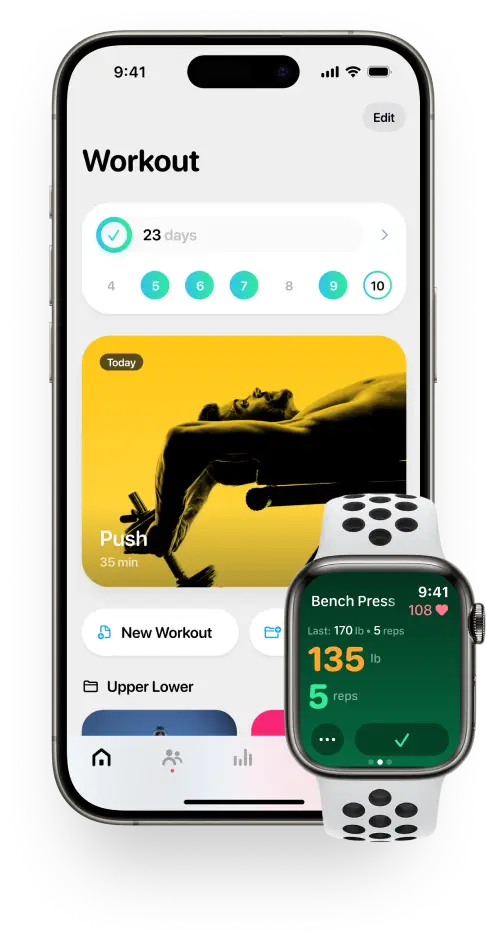

Get fit with Flex
Build muscle & lose weight fast for free.
Available on iPhone + Apple Watch
